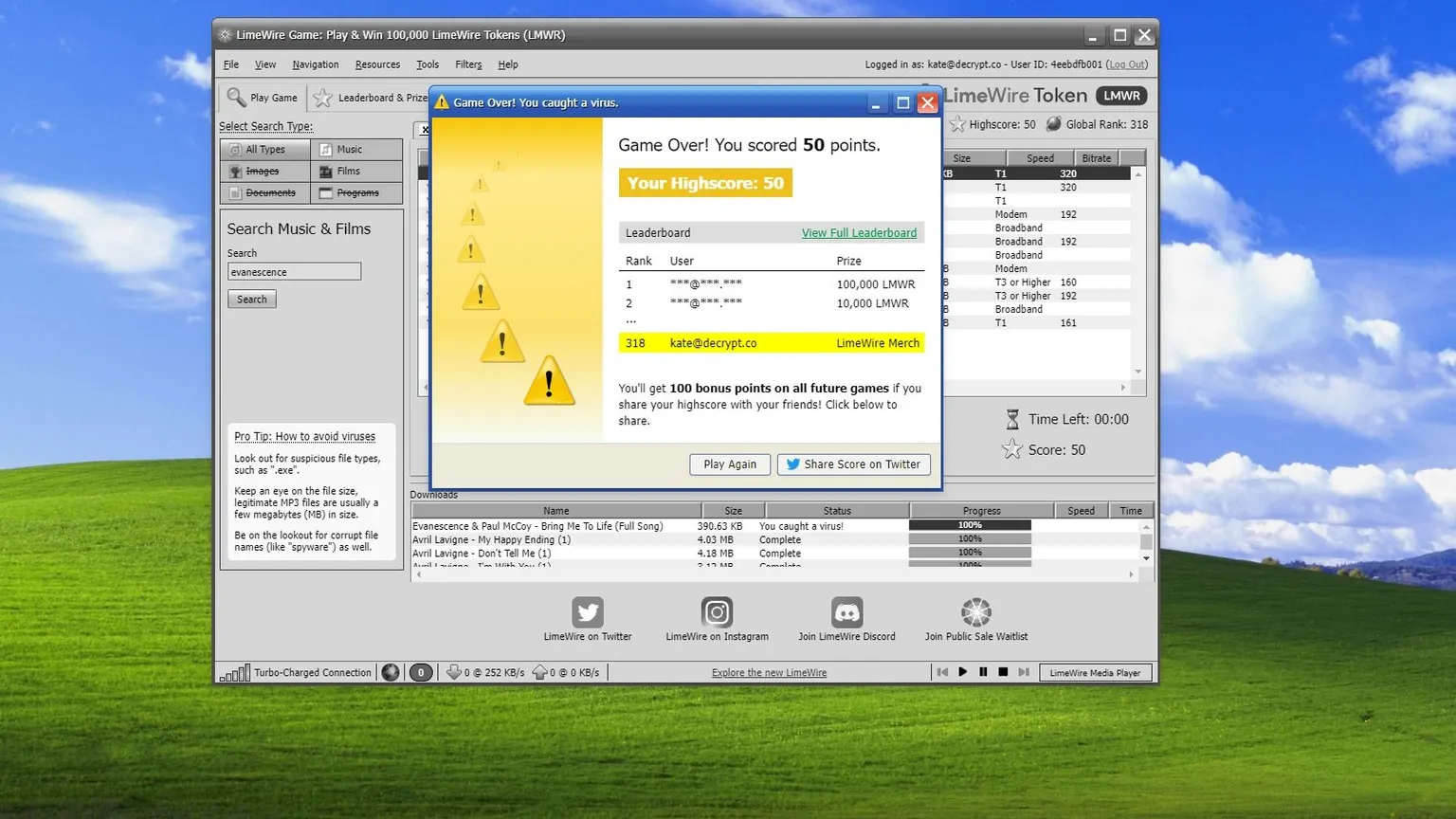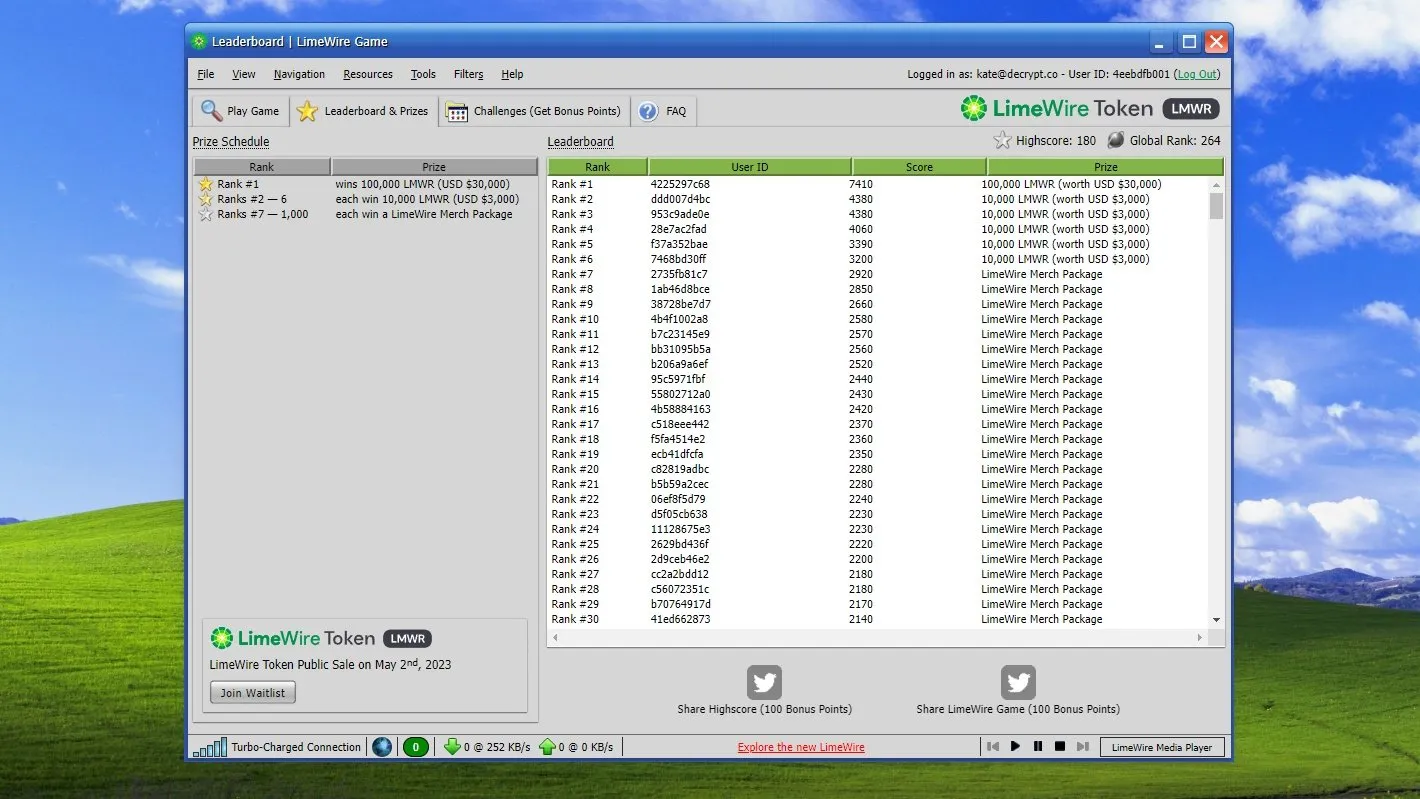LimeWire was one of the most prominent peer-to-peer (P2P) file-sharing services in the early 2000s, allowing users to share and download music, videos, images, and other files. Its popularity skyrocketed, thanks to the ease of downloading and sharing files using its software. At its peak, LimeWire had more than 70 million active users.
The platform was launched in 2000 by Mark Gorton, a former Wall Street trader. Its success was driven by the fact that it was one of the first P2P file-sharing services that allowed users to download files using the popular MP3 format, which made it easy to store and share music files. LimeWire’s user-friendly interface and fast downloads made it a popular choice for music enthusiasts.
One of LimeWire’s biggest competitors was Napster, which was launched in 1999. Napster became popular for the same reasons as LimeWire, but it was quickly shut down by the Recording Industry Association of America (RIAA) in 2001. LimeWire’s popularity soared in the wake of Napster’s shutdown, and it became the go-to platform for file-sharing.

LimeWire’s software was free to download and install, and it allowed users to search for and download files from other users’ computers. Users could also share their own files with others. LimeWire’s software was compatible with Windows, Mac, and Linux operating systems, making it accessible to a wide range of users.
However, LimeWire’s popularity also brought about its downfall. In 2006, the RIAA sued LimeWire for copyright infringement, claiming that the service facilitated the illegal sharing of copyrighted material. LimeWire was eventually shut down in 2010, after a court ruling that found the company liable for copyright infringement and ordered it to cease operations.
Despite its legal troubles, LimeWire’s impact on the music industry cannot be denied. The platform played a significant role in the rise of digital music and helped to shape the way we consume and share music today. Its popularity paved the way for other file-sharing services, such as BitTorrent, which are still used today.
Today, LimeWire has been resurrected in Web3 as a creator membership platform and NFT marketplace. The new LimeWire allows artists to paywall exclusive content for fans, similar to Patreon. Creators can sell every piece of content they upload as an NFT and earn royalties on secondary sales.

The new LimeWire is also tapping into nostalgia by releasing a music-downloading game that simulates the LimeWire experience. The game is set up like an old Windows operating system with the LimeWire software running, and players can search for and “download” music and movies from the early 2000s. Each successful download rewards players with points, and the top 1,000 players will receive crypto rewards in the form of LimeWire’s upcoming ERC-20 token, LMWR.
LimeWire’s history is a reminder of the impact that file-sharing services had on the music industry and how they shaped the way we consume and share music. While LimeWire may no longer be the dominant force it once was, its legacy lives on, and it continues to be remembered as a significant player in the digital music revolution.

Thanks for reading Solanews , remember to follow our social media channels for more

